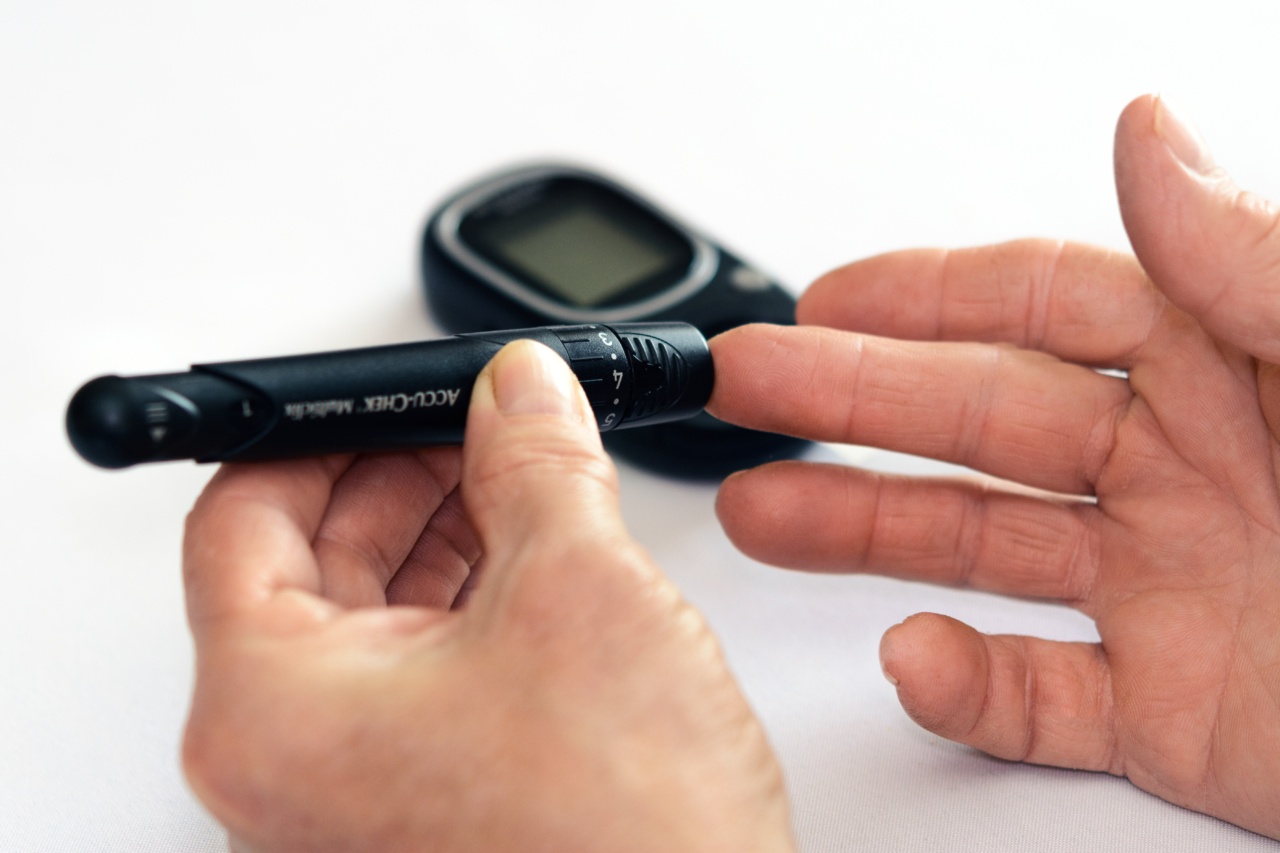Diabetes is a chronic disease that affects millions of people worldwide. It is a metabolic disorder that results in high levels of blood sugar due to the body’s inability to produce or respond to insulin effectively.
If left unmanaged, diabetes could lead to serious complications such as heart disease, stroke, nerve damage, and kidney disease. Diabetes is also a significant economic burden for patients, healthcare providers, and the healthcare system as a whole. However, the introduction of revolutionary medications has resulted in lower overall expenses for diabetes.
The Economic Burden of Diabetes
Diabetes is a significant economic burden for patients and healthcare providers. According to the American Diabetes Association (ADA), the total estimated cost of diagnosed diabetes in the United States was $327 billion in 2017.
This cost includes direct medical costs such as hospitalization, medication, and physician visits, and indirect costs such as decreased productivity, absenteeism, and disability. Individuals with diabetes have 2.3 times higher healthcare costs than those without diabetes. The economic burden of diabetes is expected to increase in the coming years due to the increasing prevalence of the disease.
The Introduction of Revolutionary Medications
In recent years, there has been a significant development in diabetes medications that have revolutionized the way the disease is managed.
These medications have not only improved patient outcomes but have also resulted in lower overall expenses for diabetes. The following are some examples of revolutionary medications:.
1. GLP-1 Receptor Agonists
GLP-1 receptor agonists are injectable medications that stimulate the production of insulin and reduce the production of glucagon, a hormone that raises blood sugar levels.
These medications also slow down the emptying of the stomach, leading to a feeling of fullness and decreased appetite. GLP-1 receptor agonists are not only effective in managing blood sugar levels but also in promoting weight loss. This is significant because obesity is a risk factor for developing type 2 diabetes.
Some of the commonly used GLP-1 receptor agonists include exenatide, liraglutide, and dulaglutide.
2. SGLT-2 Inhibitors
SGLT-2 inhibitors are oral medications that work by decreasing the reabsorption of glucose in the kidneys, leading to increased glucose excretion in the urine.
These medications also promote weight loss and have been shown to improve cardiovascular outcomes in patients with diabetes. Some of the commonly used SGLT-2 inhibitors include canagliflozin, dapagliflozin, and empagliflozin.
3. DPP-4 Inhibitors
DPP-4 inhibitors are oral medications that work by inhibiting the enzyme dipeptidyl peptidase-4, which breaks down the hormone GLP-1.
By inhibiting this enzyme, DPP-4 inhibitors increase the levels of GLP-1, which in turn increases insulin production and reduces glucagon production. DPP-4 inhibitors have been shown to be effective in reducing blood sugar levels and have a low risk of causing hypoglycemia. Some of the commonly used DPP-4 inhibitors include sitagliptin, saxagliptin, and linagliptin.
The Benefits of Revolutionary Medications
The use of revolutionary medications has resulted in several benefits for patients with diabetes. These benefits include:.
1. Improved Glycemic Control
The primary goal of diabetes management is to achieve and maintain glycemic control, which is the maintenance of blood sugar levels within the target range.
Revolutionary medications have been shown to be effective in achieving glycemic control, with some medications even surpassing the efficacy of traditional medications. Improved glycemic control reduces the risk of diabetes-related complications such as retinopathy, neuropathy, and nephropathy.
2. Reduced Risk of Hypoglycemia
Hypoglycemia, or low blood sugar, is a common side effect of diabetes medications. Traditional medications such as sulfonylureas and insulin have a higher risk of causing hypoglycemia compared to revolutionary medications.
This is significant because hypoglycemia can lead to serious complications such as seizures, coma, and even death. Revolutionary medications have a lower risk of causing hypoglycemia, making them a safer option for patients.
3. Weight Loss
Obesity is a risk factor for developing type 2 diabetes and also a common complication of the disease.
Revolutionary medications such as GLP-1 receptor agonists and SGLT-2 inhibitors promote weight loss, making them a desirable option for patients who need to lose weight. Weight loss leads to improved glycemic control and reduces the risk of diabetes-related complications.
4. Cardiovascular Benefits
Cardiovascular disease is a common complication of diabetes and is a significant cause of morbidity and mortality among patients.
Revolutionary medications such as SGLT-2 inhibitors have been shown to reduce the risk of cardiovascular events such as heart attack and stroke in patients with diabetes. This is significant because cardiovascular disease is the leading cause of death among patients with diabetes.
Conclusion
The introduction of revolutionary medications has resulted in improved patient outcomes and lower overall expenses for diabetes.
These medications have not only improved glycemic control but have also reduced the risk of hypoglycemia, promoted weight loss, and provided cardiovascular benefits. As the prevalence of diabetes continues to increase, the use of revolutionary medications will become even more critical in managing the disease and reducing its economic burden.



























